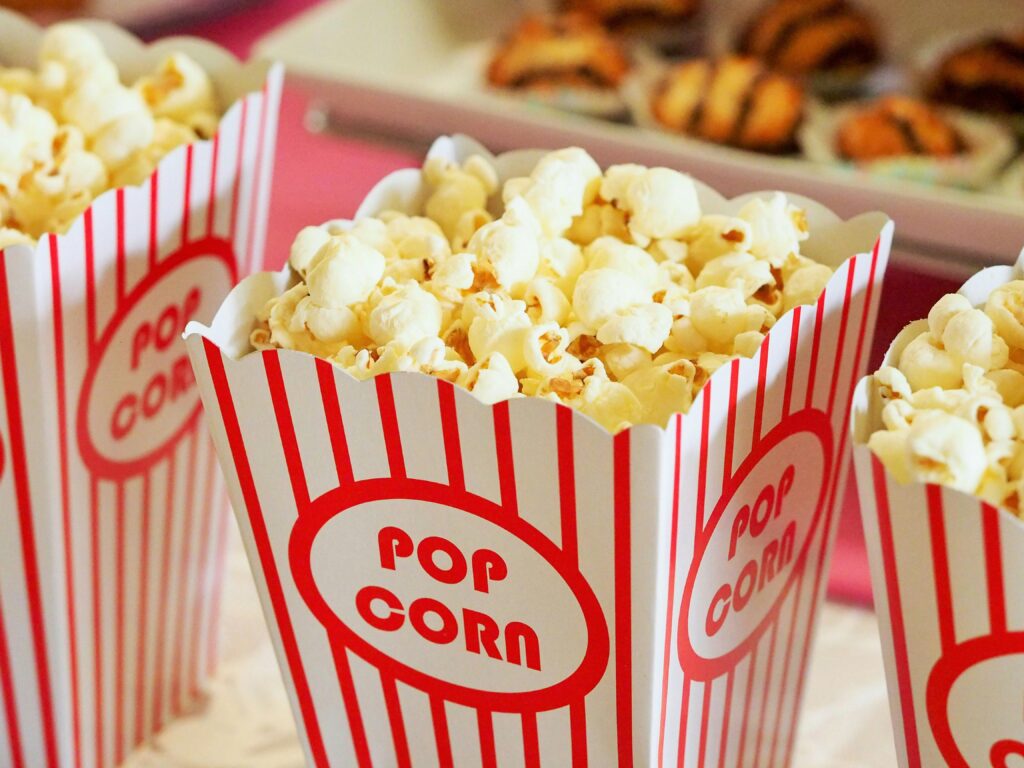You buy a cheap cornhole board. The surface warps after one rain. The legs wobble during play. Your bags bounce instead of slide.
The wrong board ruins your game.
Your cornhole board affects every throw you make. A quality board provides consistent performance. A poor board creates frustration and wasted money.
Most people grab the cheapest board they find. Then they wonder why their throws feel unpredictable. The board works against them, and their scores suffer.
Let me show you how to pick a board that matches your needs and lasts for years.

Understanding Board Construction Materials
Cornhole boards come in three main materials. Each has strengths and weaknesses.
Plywood boards are the traditional choice. Quality plywood creates smooth, consistent surfaces. The material holds up well to outdoor use when properly sealed.
Cheap plywood warps easily. Moisture seeps in. The surface becomes uneven. Your bags react differently across the board.
Solid wood boards look beautiful. They’re heavier and more stable than plywood. The weight prevents boards from shifting during play.
But solid wood costs significantly more. The boards are harder to transport. Weight becomes a drawback if you move boards frequently.
Plastic boards offer weather resistance. They never warp or rot. Rain doesn’t damage them.
However, plastic surfaces play differently than wood. The texture affects bag slide. Some players dislike the feel compared to traditional wood boards.
Surface Finish and Bag Performance
The board surface finish determines how your bags behave.
Smooth surfaces let bags slide farther. Rough surfaces create more friction and less slide.
Most tournament boards use a specific finish that creates consistent slide. This standardization lets players develop reliable throwing techniques.
Your board should have an even finish across the entire surface. Inconsistent texture creates dead spots where bags stick unexpectedly.
Check the surface closely before buying. Run your hand across it. Feel for rough patches or uneven areas.
Quality boards get sanded smooth before finishing. Multiple coats of sealant create durable, consistent surfaces.
Cheap boards skip these steps. The surface feels rough. Bags catch on imperfections. Your throws become unpredictable.
For detailed reviews comparing top cornhole boards on the market, check out the comprehensive board reviews. Expert testing and real player feedback help you find boards that match your needs and budget.
Board Size and Regulation Standards
Official cornhole boards measure exactly 48 inches long by 24 inches wide.
The hole sits 9 inches from the top edge. The hole diameter is 6 inches.
These measurements matter for serious play. Tournament boards all match these specs. Playing on regulation size boards prepares you for competition.
Some recreational boards come smaller. These compact boards save space but change the game significantly.
Smaller boards make scoring easier. The hole sits closer. The overall target area shrinks. Skills developed on small boards don’t transfer to regulation play.
If you plan to play competitively or want to improve seriously, buy regulation size boards. Don’t compromise on dimensions.
Portability Considerations
You need to move your boards. Weight and folding mechanisms matter.
Tournament boards typically weigh 40 to 50 pounds each. This weight provides stability during play but makes carrying challenging.
Folding legs make transport easier. The boards collapse for storage and travel. Look for sturdy folding mechanisms that lock securely.
Cheap folding hardware breaks quickly. The legs wobble. The board becomes unsafe.
Some boards include carrying handles. This simple feature makes a huge difference when moving boards from your car to the playing area.
If you play at home only, heavy boards work fine. If you travel to parks or tailgates, prioritize lighter weight and easy folding.
Weather Resistance and Durability
Outdoor boards face sun, rain, and temperature changes.
Quality boards use weather resistant materials and finishes. Multiple coats of polyurethane seal the wood. This prevents moisture damage and warping.
Cheap boards use minimal sealing. Water soaks in after one rain. The wood swells and warps. Your board becomes unplayable.
UV protection matters too. Sun fades unprotected boards. The surface degrades. Performance suffers over time.
Look for boards specifically marketed as outdoor or all weather. These boards include proper sealing and UV protection.
Store boards indoors when possible. Even weather resistant boards last longer with indoor storage between uses.
Leg Stability and Adjustability
Your board needs stable legs. Wobbly boards frustrate players and affect bag behavior.
Quality leg brackets attach securely to the board frame. The connection should feel solid with no movement.
Some boards offer adjustable leg heights. This feature helps level boards on uneven ground.
Cheaper boards use flimsy leg attachments. The brackets bend. The legs twist. Your board rocks during play.
Test leg stability before buying if possible. Push on the board. It should feel rock solid.
Replacement legs are available for many board models. This matters if you break a leg. Check if your chosen board has readily available parts.
Price vs Quality Balance
Cornhole boards range from $50 to $500 per pair.
Cheap boards under $100 per pair usually disappoint. The materials are poor. The construction is sloppy. They fail quickly.
Mid range boards from $150 to $300 per pair offer good value. You get quality materials and construction without premium pricing.
High end boards over $300 per pair provide tournament quality. The materials are premium. The craftsmanship is excellent. These boards last decades.
Consider how often you’ll play. Casual players can use mid range boards. Serious players should invest in high quality equipment.
Remember that boards are a one time purchase. Quality boards last 10 to 20 years. The cost per year becomes minimal with durable boards.
Custom Graphics and Personalization
Many players want custom designs on their boards.
Custom graphics add personality. Your boards stand out at gatherings and tournaments.
Some manufacturers offer custom printing. You provide artwork. They apply it to your boards.
DIY painting works too. Sand the board. Apply primer. Paint your design. Seal it properly.
Custom boards cost more. Expect to pay $100 to $200 extra for professional graphics.
Plain boards work perfectly fine for play. Graphics are purely aesthetic. Don’t sacrifice board quality for fancy designs.
Tournament Grade vs Recreational Boards
Tournament boards meet strict specifications. They’re designed for competitive play.
These boards use premium materials. The surface finish matches official standards. The construction ensures consistency.
Recreational boards prioritize fun and affordability. They may not match exact regulations. The materials might be lower grade.
If you’re serious about cornhole, buy tournament grade boards. You’ll practice on equipment that matches competition standards.
For backyard fun with family, recreational boards work fine. Save money without sacrificing enjoyment.
Where to Buy Quality Boards
You have several options for purchasing boards.
Sporting goods stores carry basic boards. Selection is limited. Quality varies widely.
Online retailers offer more choices. You can compare features and read reviews. Shipping adds cost but selection is excellent.
Custom board makers create premium products. You specify exactly what you want. Prices are higher but quality is exceptional.
Local craftspeople sometimes build boards. You support local business and get quality products.





